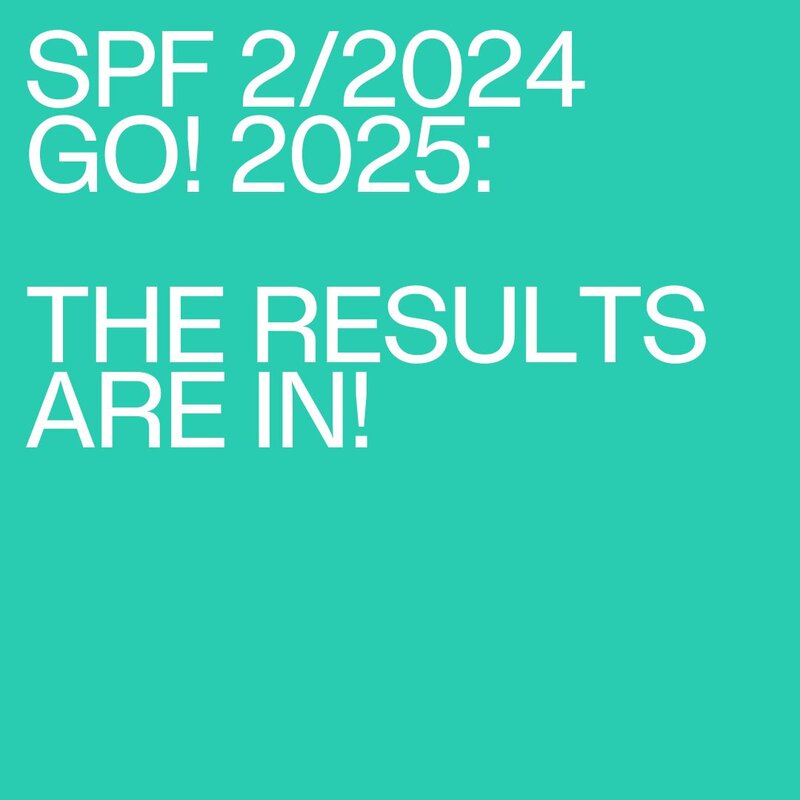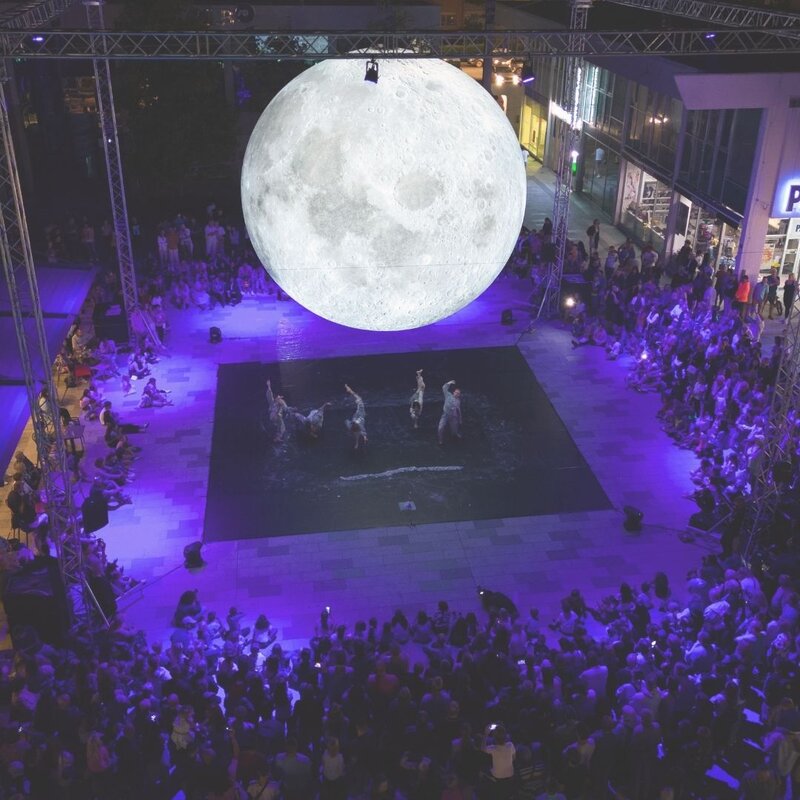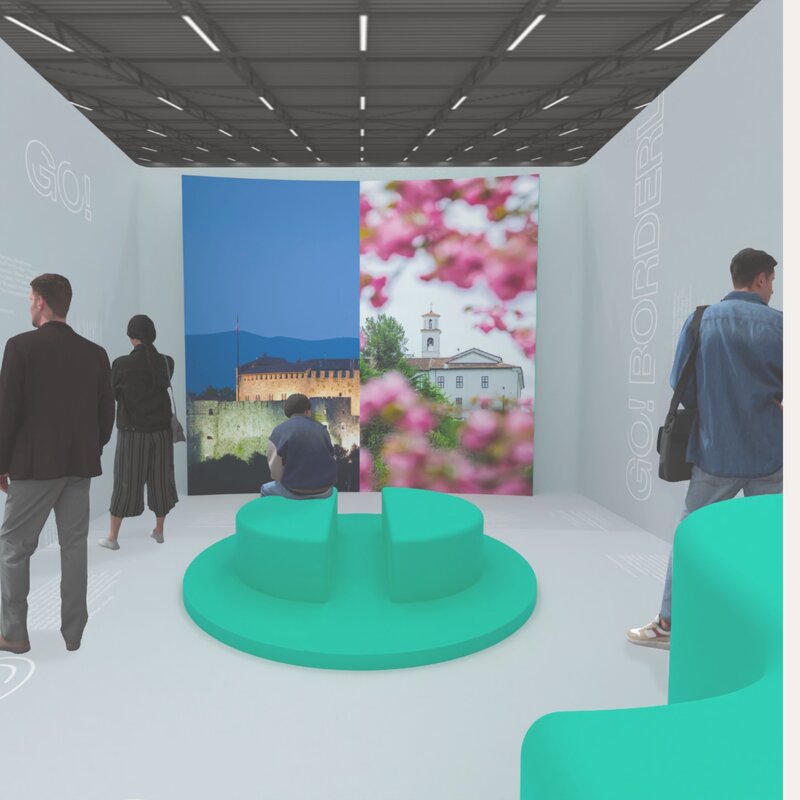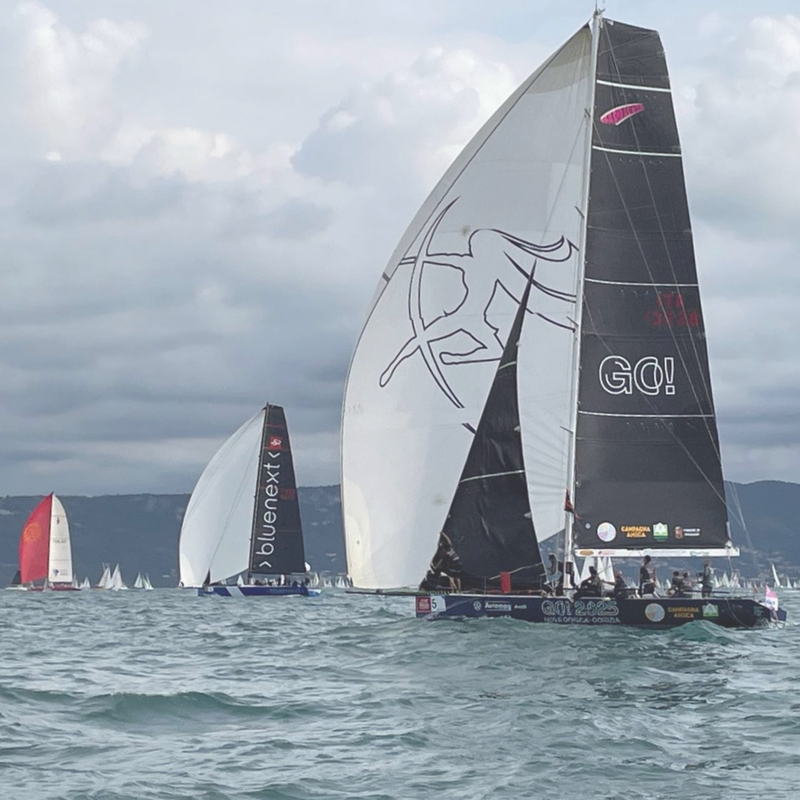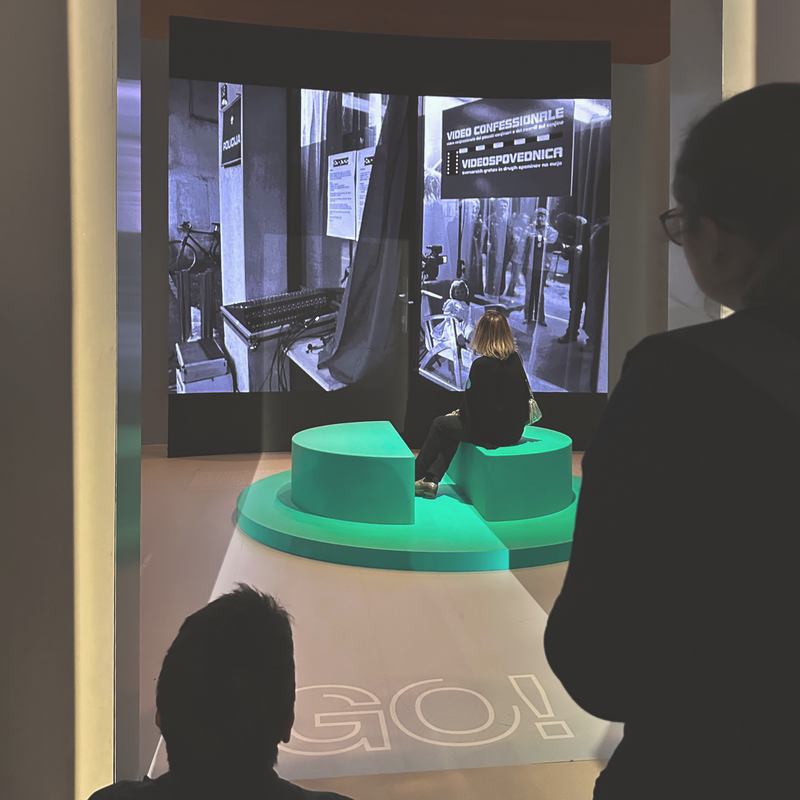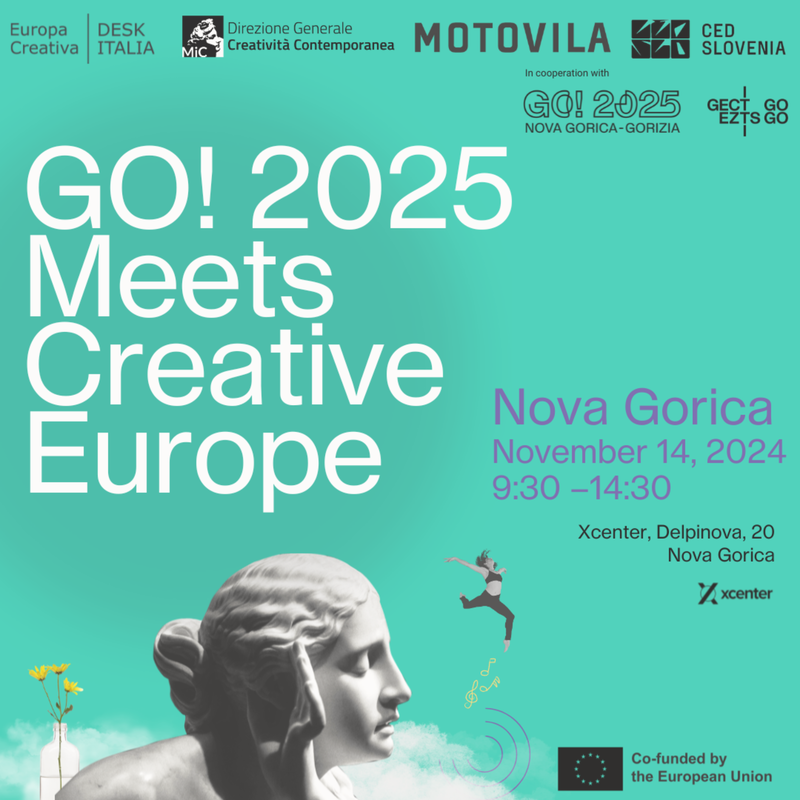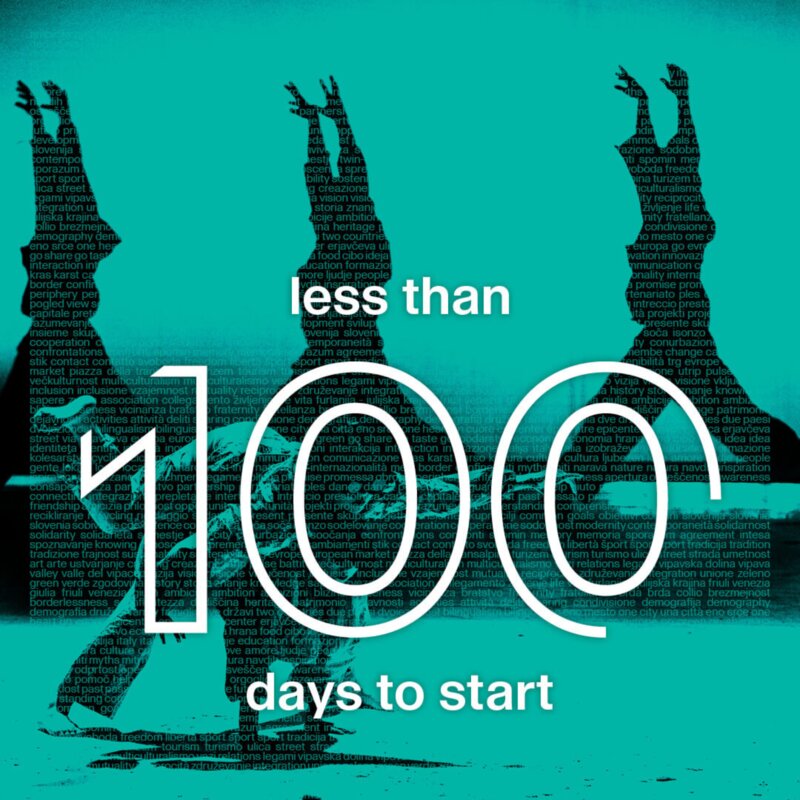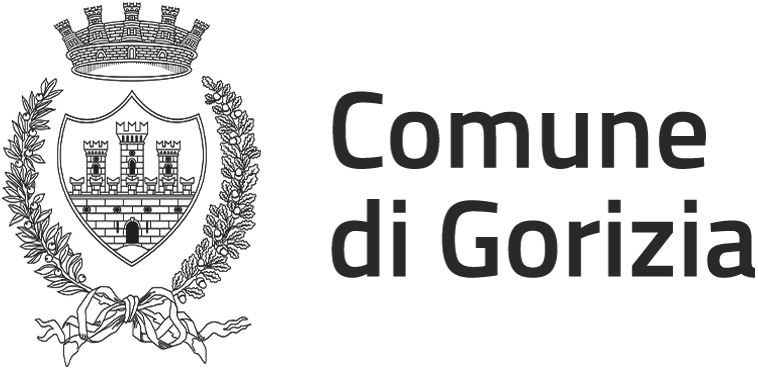06/10/2022
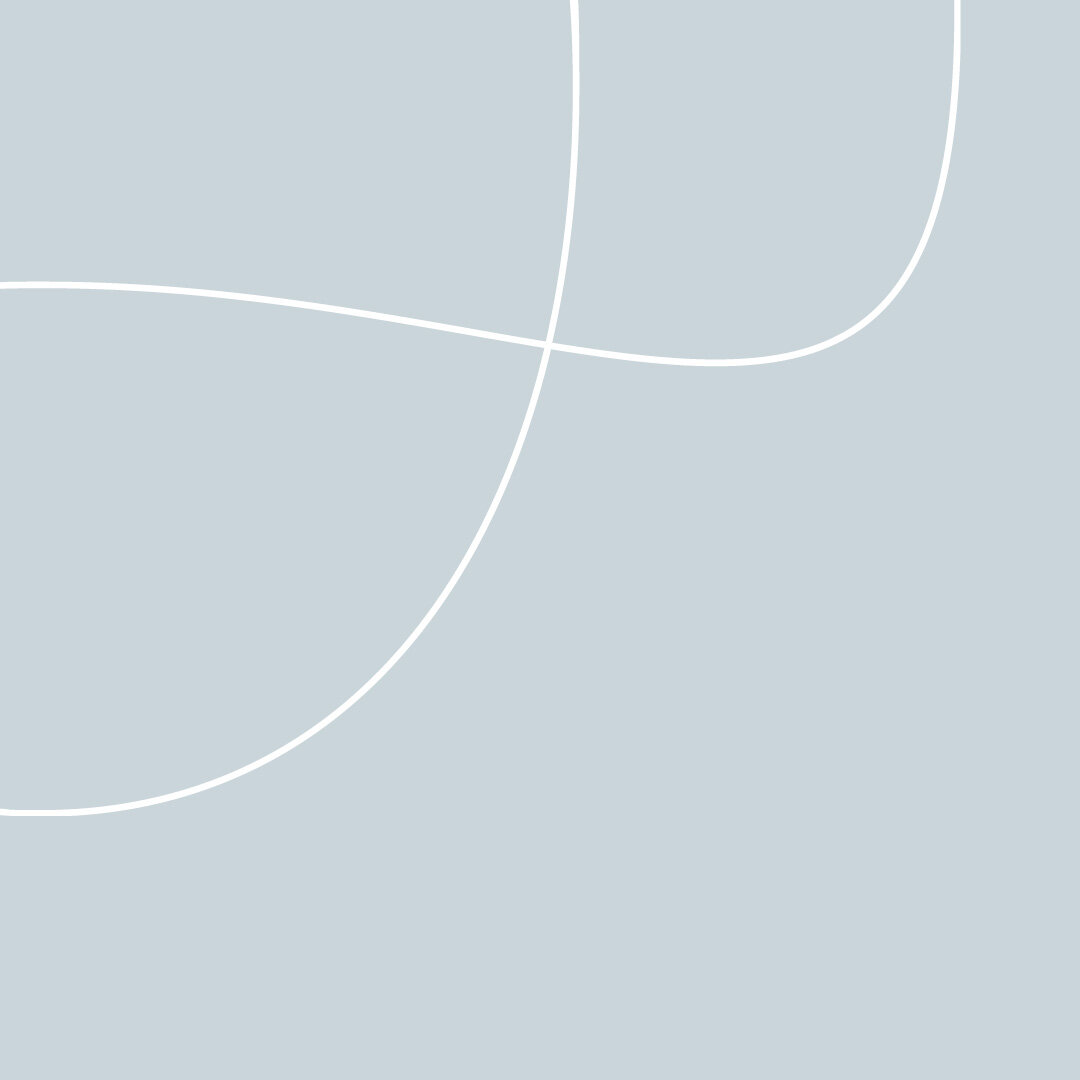
Danny Bazo, Marko Peljhan and Karl Yerkes in close collaboration with Jon Jenkins (NASA) present the robotic/AV installation SOMNIUM at Xcentre Until October 11, 2022, Nova Gorica will be home to the robotic and audiovisual installation whose content has already delighted many visitors in the United States, Canada, and even Slovenia. From 2014 to 2016, Nova Gorica-born artist Marko Peljhan created the installation SOMNIUM together with his PhD students, now already doctors, Danny Bazo and Karl Yerkes, as part of the SETI (Search for ExtraTerrestrial Intelligence) residency program, working closely with scientist Jon Jenkins (NASA). The intent of this group of experts is to lead visitors to reflect on the groundbreaking discoveries of many exoplanets, made possible by the first exoplanet observatory, KEPLER, and the likelihood of finding life elsewhere in our galaxy and, of course, beyond. At the same time, the authors want to highlight the macro and micro dimensions of these findings through the robotic system. The purpose of the KEPLER mission was to discover planets in a small fraction of our galaxy that could support life with Earth-like characteristics. NASA named its first exoplanetary satellite observatory after scientist and artist Johannes Kepler, author of the novel Somnium (Dream). The novel contains all of the author's discoveries about the movements of the then known planets, the Sun and natural satellites, as he had to wrap it in a defensive semantic cloak of fiction due to opposition from church institutions. The result of the mission was a number of planets, star systems and so-called Kepler candidates discovered that was growing by the week. But, increasing rapidly above all has been the number of planets discovered - Earth-like exoplanets - that could potentially present the existence of life and water. These discoveries significantly change the assumption of the uniqueness of life on Earth in the Milky Way and carry important consequences that will be explored as part of the project. Atol project producer Uroš Veber said the following at the exhibition: "SOMNIUM is a project that integrally connects and at the same time explains the deep connections between art and science - connections that were normal in the days when Johannes Kepler lived and worked, in the late 16th century and early 17th century. In KONS activities, these connections are key, and SOMNIUM is one of the examples of best practices that we want to highlight and present in this context to our stakeholders." Somnium was developed in collaboration with the SETI Institute, where Yerkes, Peljhan and Bazo were part of the artist-in-residence program, and the MAT program at the University of California at Santa Barbara (UCSB). Peljhan has been working there since 2002 and has also been head of the MATP program for the past five years. The project was created in close collaboration with Jon Jenkins (NASA). Production: Zavod Projekt Atol Co-production: Systemics Lab, MAT, University of California Santa Barbara In collaboration with: SETI Institute's Artist in Residence Program The work was realized with the support of the Ministry of Culture of the Republic of Slovenia and the Municipality City of Ljubljana - Department of Culture.

